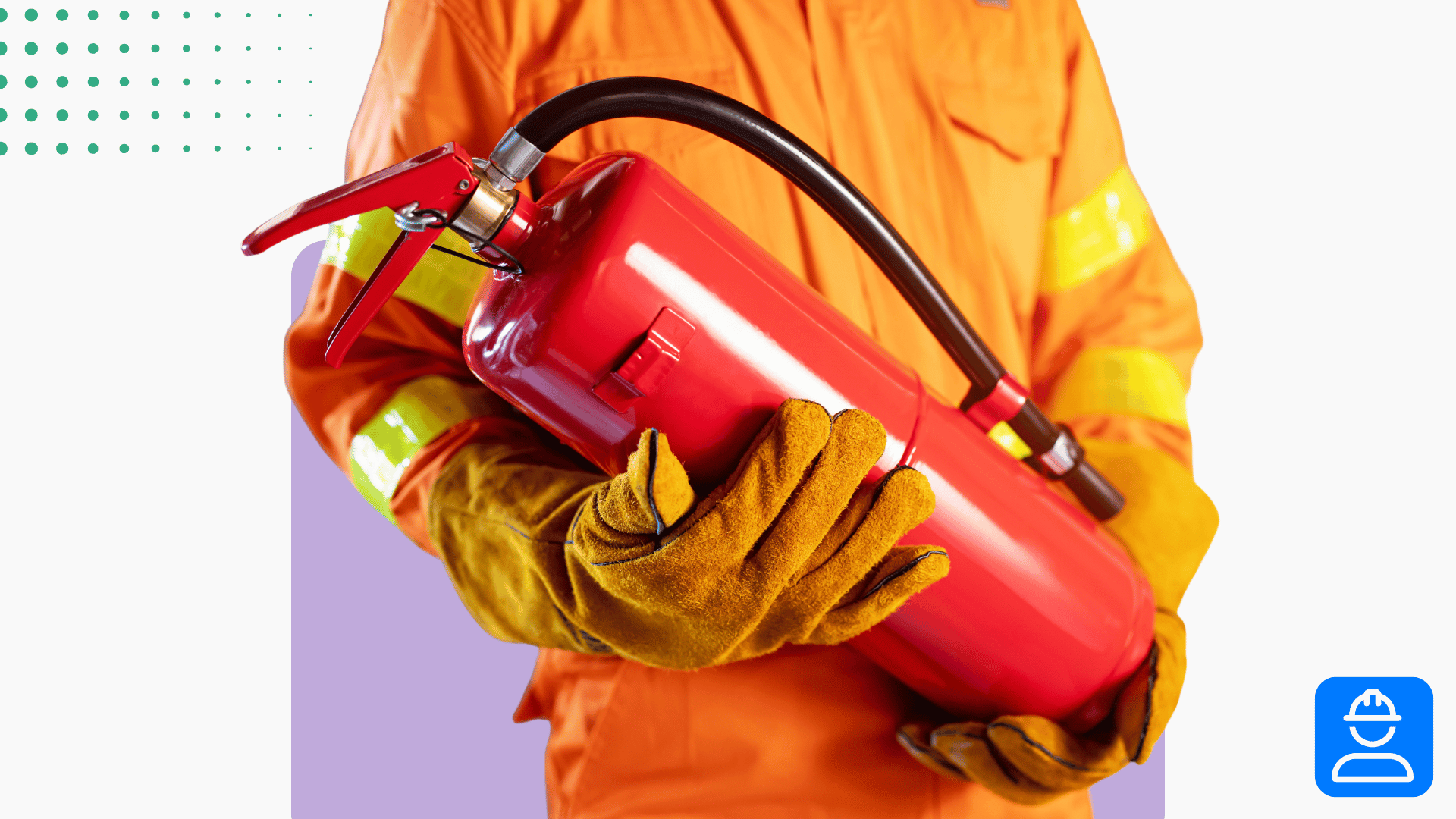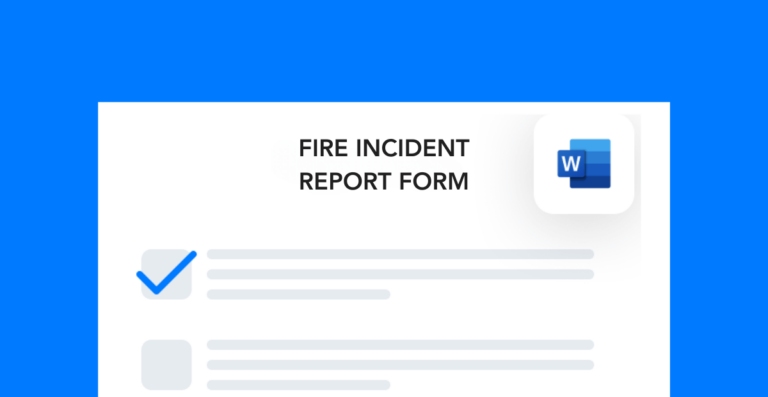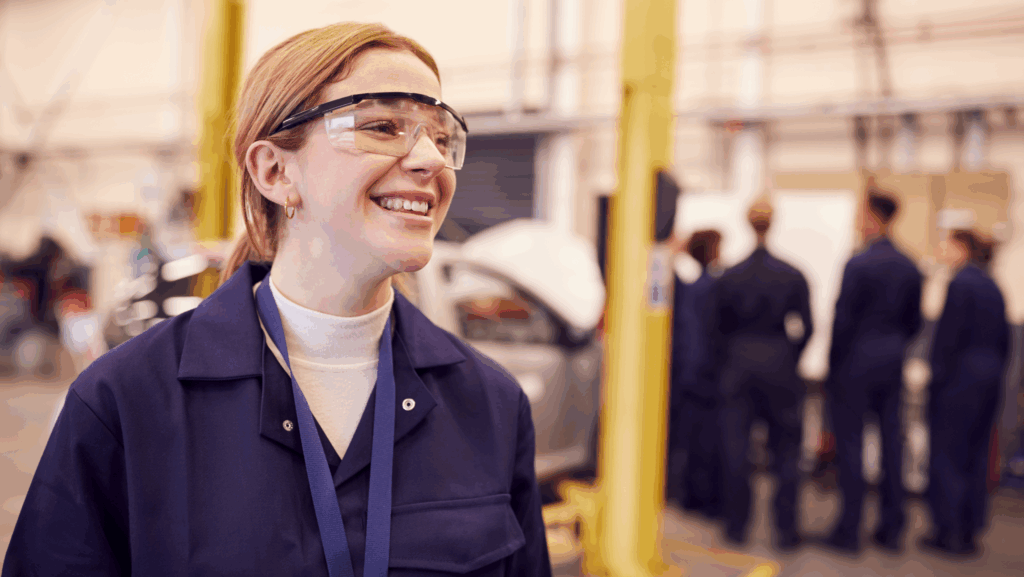Most operations have a variety of fire hazards, so it’s important that workers know the common causes and consequences of workplace fires. Conducting a fire prevention toolbox talk with your team ensures they proactively remove and control hazards, so they don’t cause incidents.
Free form!
Download this free form to document fire incidents and any related corrective actions, crucial for an effective fire prevention toolbox talk.
Fire prevention toolbox talk overview
This toolbox talk will go over the essentials for a successful fire prevention discussion, critical in maintaining a comprehensive fire prevention toolbox talk:
- Common workplace fire hazards
- Tips for fire prevention
- Removing fire hazards
Because fires are not as common as other types of incidents, like trips and falls, it’s easy to forget the risk they pose. Recognizing fire hazards and taking steps to remove them is the best way to lower your risk and keep everyone safe.
Fire safety hazards prevention toolbox talk
The top fire safety hazards to look out for are often discussed in a detailed fire prevention toolbox talk:
- Hot work activities (soldering, welding, anything involving a spark)
- Electrical equipment (wiring, power strips, outlets, circuits, etc.)
- Combustible materials (dust particles, wood, paper, etc.)
- Accidental chemical releases and explosions
- Arson incidents
- Equipment (light fixtures, heavy machinery, power tools, etc.)
- Heat sources (boilers, space heaters, ovens, burners, furnaces, etc.)
All these hazards are controllable if you stay alert and do a quick safety inspection before you start each shift.
Tips for preventing fires
Here are some of the best ways to prevent workplace fires, often highlighted in a toolbox talk:
- Reduce workplace clutter as much as possible, since it can provide fuel for fires and make it harder for people to escape.
- Place rags that have flammable materials on them in covered metal containers.
- Report electrical hazards such as faulty wiring or overloaded outlets immediately.
- Keep a detailed fire watch log to ensure that the area is safe at all times.
- Read the safety data sheets for the chemicals you use to make sure you’re using and storing them properly.
- Never smoke near flammable chemicals or materials.
- Check to make sure that fire alarms, sprinklers, and fire extinguishers are easily accessible and functioning properly.
- Inspect fire extinguishers regularly to make sure they’re always ready for use.
- Remember the acronym PASS (pull, aim, squeeze, and sweep for how to use a fire extinguisher.
It’s important to have fire safety top of mind and to always be on the lookout. As always, everyone in the facility keeps their workspace clear of fire hazards, a notion encouraged by a fire prevention toolbox talk.
Controlling fire hazards
When you see a potential fire hazard, you should try to control it immediately if it’s safe to do so. This involves doing things like cleaning up clutter or debris, putting tools away, securing a work area, or adjusting equipment. Sometimes, it’s not safe to control fire hazards without assistance. In these situations, notify your manager or the EHS team of the issue. They’ll be able to assess the hazard and find a long-term solution that either effectively controls it or removes it completely, using guidelines from the toolbox talk strategy.




